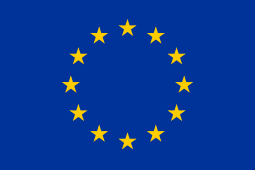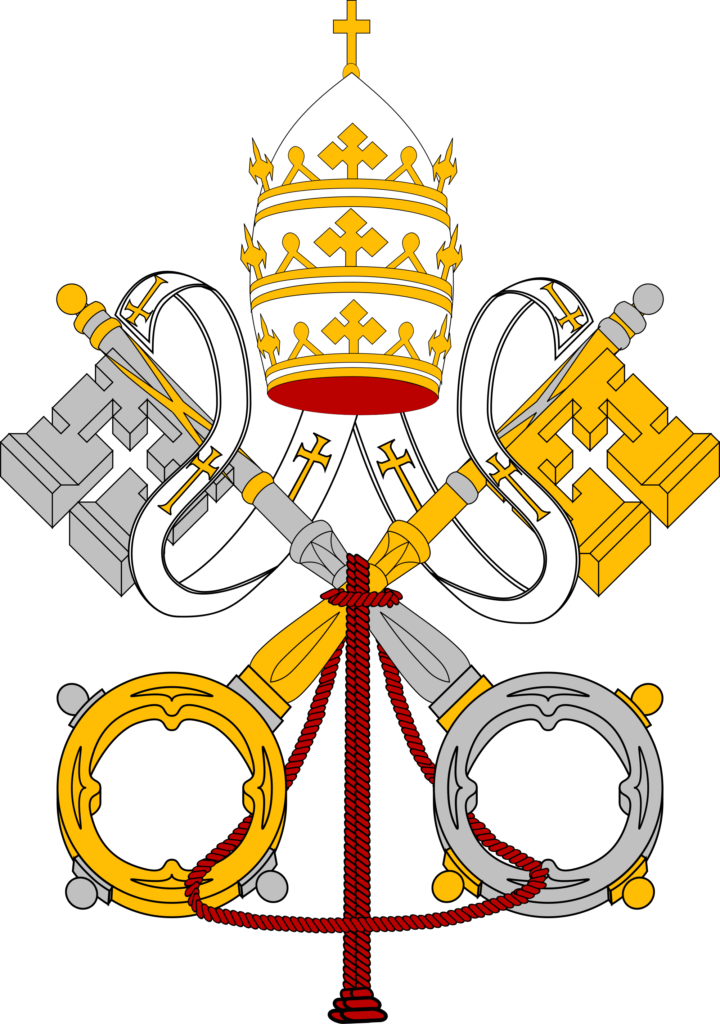Arabie Saoudite : une dictature acceptable ?

Pourquoi tant de tolérance envers un régime qui enfreint les droits de l’homme et dont le rôle dans la région, notamment au Yémen, est problématique ? Pourtant la France l’a associé à l’organisation d’une réunion d’experts, à Paris, sur la crise humanitaire au Yémen.
Le prince héritier Mohamed Ben Salman (MBS) aime à se présenter comme le modernisateur de l’Arabie Saoudite. Après avoir ouvert aux femmes la porte des stades de football et des concerts de musique, le voilà qui vient de signer le décret d’application qui leur donne l’autorisation de conduire. Nombre d’observateurs ont présenté ces avancées comme une «révolution». Ces éloges sont un signe inquiétant de l’absence de regard critique sur ce pays en même temps qu’ils révèlent la puissance du lobbying de Riyad qui s’est offert les services de quatre des plus grandes sociétés françaises de relations publiques.
Comment apprécier à leur juste valeur ces quelques réformes. Les femmes ? Le mois dernier, la police du régime a mis en prison plusieurs activistes comme Aïcha al-Menae ou Hassa al-Sheykh, figures historiques de la lutte des droits des femmes. Tout se passe comme si le palais souhaitait envoyer le message que les nouvelles avancées sont uniquement le fait du jeune prince et non la conséquence d’un engagement de la société civile. Imane al-Nafjan, fondatrice du blog Saudi Woman et personnalité du combat contre la tutelle masculine, croupit toujours dans un lieu tenu secret derrière les barreaux avec d’autres féministes. Trainée dans la boue par la presse officielle, elle a été qualifiée de «traitresse».
Les droits de l’homme ? Le bilan est accablant. Si, en valeur absolue, la Chine reste en tête des exécutions capitales (84% du total en 2017) devant l’Iran et l’Arabie Saoudite, l’ordre du trio s’inverse si on le rapporte à la population du pays ; c’est Riyad qui trône avec un ratio d’exécution 12 fois supérieur à celui de Pékin ! Sur le terrain pénal, le royaume continue à appliquer les mêmes sentences que le défunt Etat Islamique (Daech) : amputations pour vol, lapidation pour adultère, tortures et décapitations publiques, crucifixion, exposition des cadavres jusqu’à pourrissement des chairs, exécutions de mineurs, le tout en public.
Les cas de Raef Badawi ou Ali Mohamed al-Nimr sont à cet égard significatifs. Le premier a été condamné à dix ans de prison et 1000 coups de fouet suivis d’une d’interdiction de sortie du pays pour avoir animé un blog appelant à plus de droits et de libertés dans le pays. Incarcéré depuis juin 2012, il subit un châtiment public par «tranches» de cinquante coups à intervalles réguliers… Son épouse, réfugiée politique au Canada, s’inquiète pour son état de santé car il souffre de différentes pathologies et nul ne sait s’il bénéficie d’un traitement adapté. Quant au second, arrêté alors qu’il était mineur lors des manifestations populaires du «printemps saoudien» de 2011, il paie sans doute le fait d’être le neveu du célèbre dignitaire et opposant chiite Nimr Baqr al-Nimr, condamné à la peine capitale le 2 janvier 2016 et exécuté par décapitation puis crucifixion. Il faut reconnaître que pour faire bonne mesure, le religieux a été mis à mort en public en même temps que 45 salafistes sunnites considérés comme terroristes. D’autres prisonniers d’opinion comme Abdullah al-Zaher et Dawood al-Marhoon, poursuivis pour avoir participé à des manifestations, peuvent aussi être exécutés à tout moment.
Rappelons également qu’en Arabie Saoudite et ce, à la différence de tous les autres Etats musulmans, aucun autre culte que l’Islam n’est toléré et l’apostasie et l’athéisme y sont qualifiés de «terrorisme» donc passibles de la peine capitale. Cette réalité n’est pas une vue de l’esprit et le poète palestinien Ashraf Fayad, actuellement dans le couloir de la mort, en est la preuve vivante. Selon les juges de la charia, il faisait la promotion de l’athéisme dans un de ses livres. Sans oublier que le royaume inonde toujours la planète du salafisme, matrice du djihadisme mortifère contemporain qui, outre les milliers de victimes à travers le monde musulman, a causé dans les rues de Paris la mort de 240 personnes et fait quelques 900 blessés…
Plus bénin l’alcool : en septembre 1999, deux tablettes de chocolat contenant de la liqueur ont été découvertes dans le bagage du Philippin Faustino Salazar. L’accusé a tenté de se défendre en disant qu’il avait acheté ce chocolat dans un magasin Duty free à l’aéroport de Bahreïn mais il a été condamné à 75 coups de fouet et quatre mois de prison. En mai 2013, deux femmes de ménage d’Asie du Sud-Est ont été condamnées à mille coups de fouet et à dix ans de prison pour un «préjudice magique» infligé à leurs propriétaires. En 2007, un pharmacien égyptien Mustafa Ibrahim a été accusé de «pratiquer la magie et la sorcellerie, l’adultère et de profaner le Coran». Ses voisins l’avaient dénoncé en disant qu’il «conservait le Coran dans ses toilettes». L’enquête a révélé qu’à l’aide de la magie noire, Ibrahim avait détruit la relation d’un couple et possédait dans son appartement un livre sur la sorcellerie, des bougies avec des inscriptions mystérieuses et des herbes à odeur étrange. Le pharmacien a donc été décapité au sabre. Les bourreaux saoudiens souffriraient-ils de surmenage du fait de la fréquence des peines physiques dans le royaume ? Les autorités de Riyad ont recruté en juin 2017, huit nouveaux coupeurs de tête.
Sur le plan régional enfin, est-il utile de rappeler que le régime joue un rôle moteur dans la déstabilisation d’une grande partie du Moyen-Orient ? Le soutien aux groupes islamistes en Syrie commence à se tarir. Mais à Bahreïn, ce sont ses troupes d’occupation qui, depuis sept ans, maintiennent à bout de bras la monarchie sunnite des al-Khalifa qui a failli être renversée par un mouvement populaire exigeant plus de justice sociale. Depuis, la majeure partie de la population de l’archipel vit sous la loi martiale avec arrestations arbitraires, interdiction des partis politiques, blocus total contre les villages «dissidents» et déchéance de nationalité au quotidien… Au Yémen, guerre voulue et déclenchée par MBS alors qu’il était ministre de la Défense, le massacre se poursuit en silence et le pays, après une épidémie de choléra, est menacé par la famine. La situation ne fait aujourd’hui qu’empirer avec l’assaut violent ordonné il y a quelques jours par les troupes saoudiennes et émiriennes sur le port d’al-Hodeida par lequel arrive la majeure partie des importations et de l’aide internationale.
Dans ces conditions et alors que s’est tenue à Paris une réunion en trompe l’oeil sur le drame humanitaire que vit le Yémen, comment comprendre le silence obséquieux de nombre de responsables politiques et médiatiques qualifiant de «révolution» les gestes du jeune prince alors qu’une énumération d’actes identiques aurait cloué au pilori n’importe quel autre pays du globe ? Si les mesurettes sur les femmes annoncent une «révolution», alors Kim Jong-Un devrait ouvrir un Mac Do à Pyong Yang pour montrer sa volonté de «démocratiser» son pays. Encore faut-il qu’il ait les moyens de s’offrir les mêmes réseaux d’influence que la dictature saoudienne, une «dictature protégée».





 By Rick Clough
By Rick Clough


